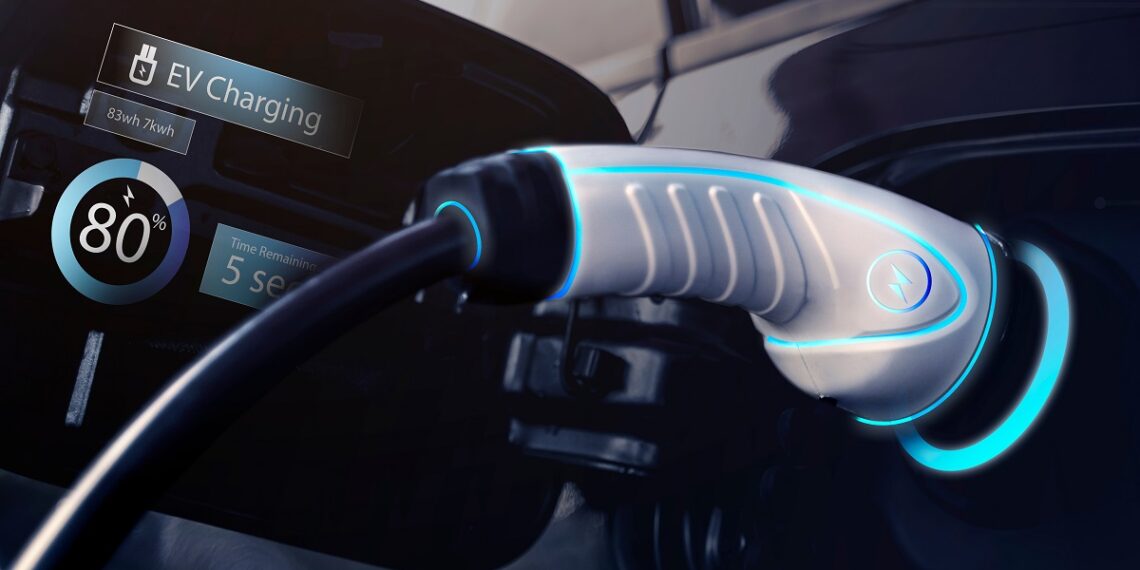With demand growing in Canada and the U.S. for independent sources of rare earth elements, The Assay looks at one company striving to establish a new supply chain
In today’s complicated world, there’s often a great deal of uncertainty. Geopolitical tensions are reshaping relationships between countries, and once-seemingly unshakable global supply chains are now being redefined.
One area of particular concern is ensuring independent supplies of rare earth elements (REE) in North America, Europe and beyond. REEs are essential for a range of applications, including wind turbines, electronic devices, superconductors and, critically, electric vehicles (EVs). According to Reuters, some REEs are also essential for the manufacture of military equipment, such as missile guidance systems, jet engines, satellites and anti-missile defense systems, as well as lasers. Currently, the majority of REEs are mined and produced in China.
But in North America, one company, Defense Metals Corporation (TSXV: DEFN | OTCQB: DFMTF | FSE 35D), is looking to offset the political and strategic risk of relying on Chinese supply of REEs by developing a home-grown source of elements critical to EV development in Canada and the U.S., as well as national defense.
The Wicheeda REE Project
The company is currently advancing the Wicheeda Rare Earth Elements Project, which is located approximately 80km northwest of the city of Prince George in British Columbia, Canada. The property comprises six mineral claims over an area of 1,708 hectares, and the main REEs targeted are parasite/synchysite, bastnaesite, and monazite.

According to the company, Wicheeda is modelled as a southeast-trending, north to northeast dipping composite layered syenite-carbonatite sill complex having dimensions of approximately 400m north-south by 100-250m east-west. The mineralization is interpreted as a moderately north-northeast dipping, shallowly north plunging, layered sill complex having low REE grade syenite at its base, overlain by transitional intermediate REE grade hybrid xenolithic-carbonatite (fenite), and finally relatively higher REE grade dolomite-carbonatite rocks, which form the main mineralization of the Wicheeda REE deposit outcropping at surface.
Dr Luisa Moreno, director of Defense Metals, outlines the advantages of property: “The Wicheeda project has the three main aspects for a successful rare earth project: favourable minerology dominated by coarse grained bastnasite family minerals, a metallurgical process that yielded high grade flotation concentrate, and great infrastructure in a friendly jurisdiction.”
PEA results just out
Last week, the Defense Metals announced the results of its Preliminary Economic Assessment (PEA) for the Wicheeda project, effective 21 November 2021. The PEA demonstrates that the project has strong financial metrics and significant production potential. Highlights include:
- A pre-tax net present value (NPV) of C$765M, and after-tax NPV of C$512M, at 8% discount rate
- The pre-tax internal rate of return (IRR) is 20%, and the after-tax IRR is 16%
- The capital payback is five years from start of production, and assumes partial self-funding of construction of hydrometallurgical plant from concentrate sales
- Revenues average C$397M per year from sale of REE mineral concentrate (years 1-4) and mixed REE hydrometallurgical precipitate (years 5-16)
- Operating margin of 65.2%
- Production of a saleable high-grade flotation-concentrate, with average 43% total rare earth oxide (TREO) for the life of the mine. It will be sold to market directly for years 1-4 and will then feed a project hydrometallurgical plant starting in year 5
- Project near to key infrastructure
- Base case economics were calculated using rare earth oxide (REO) prices of US$5.76/kg TREO in flotation concentrate and US$14.04/kg TREO in mixed REE carbonate precipitates
- The study contemplates a 1.8 Mtpa mill throughput open pit mining operation with 1.75:1 (waste:mill feed) strip ratio over a 19 year mine (project) life that includes three years of construction, and early revenue generation via phased open pit development. Phase 1 initial pit strip ratio of 0.63:1 (waste:mill feed) yields rapid access to higher grade surface mineralization. Pre-production and first mill feed both in year 1
- Average annual REO production of 25,423 tonnes
- Operating costs average C$137M per year over a 16-year life of mine (LOM)
As part of the PEA, the company has updated the Mineral Resource Estimate for Wicheeda, which now comprises a 5M tonnes Indicated Mineral Resource, averaging 2.95% TREO (Total Rare Earth Oxide: CeO2, La2O3, Nd2O3, Pr6O11, Sm2O3, Eu2O3, Gd2O3, Tb4O7, Dy2O3 and Ho2O3), and a 29.5 million tonnes Inferred Mineral Resource, averaging 1.83% TREO, reported at a cut-off grade of 0.5% TREO within a conceptual Lerchs-Grossman (LG) pit shell.
Commenting on the PEA results, Defense Metals’ CEO Craig Taylor, said, “The results reveal the Wicheeda Project demonstrates robust economics and relatively low initial CAPEX via a staged development scenario that provides the flexibility to capitalize on forecast REE demand pressure.”
Impending assay results
Earlier this year, in anticipation of the PEA, the company undertook a 29-hole,5,349-metre resource expansion and diamond drill programme at the Wicheeda property. Although results are not expected until Q1 2022 (and as such were not included in the PEA), they will support ongoing advanced economic studies into the property by providing more data on underlying geology.
“Our expectation is of expanding an upgrading the current Wicheeda REE Deposit mineral resource. We believe the 2021 drilling results, once released, will firmly place the Wicheeda REE Deposit among the most significant rare earth deposits in North America,” Mr Taylor said.
To find out more about the Wicheeda project and Defense Metals, visit www.defensemetals.com.












